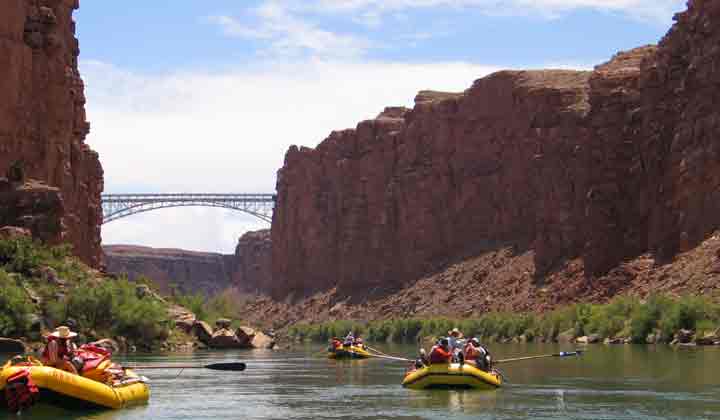 Healthy
Resources
Healthy
Resources

How to Sleep (Almost) Anywhere with CPAP: Back-up power and battery systems for travel
|

Phantom Sleep Resources TM
|
|
 Sleep
Apnea--the Phantom of the Night |
Table of Contents |
Introduction | Quiz
| About
the Authors | Reviews
|
S A L E Sleep Apnea—the Phantom of the
Night |
Flyer + Discount Orderform
Sleep
Apnea--the Phantom of the Night |
Table of Contents |
Introduction | Quiz
| About
the Authors | Reviews
|
S A L E Sleep Apnea—the Phantom of the
Night |
Flyer + Discount Orderform

If you use CPAP (Continuous Positive Airway Pressure) treatment for obstructive sleep apnea, your physician has probably told you that you should never sleep without it. If you enjoy camping, sailing, or must travel, or if you have ever lost power at home, you may recognise the need for a source of alternative or backup electrical power for the CPAP unit. An alternative source of power can be used in the event of a power outage, while travelling, or on a camping or sailing trip. A battery backup system can be especially important for individuals who are very sensitive to the effects of untreated apnea or at special risk from sleeping without CPAP treatment. With the guidance of others who have found a way to solve these problems, I am now assured of being able to sleep with my CPAP while camping, sailing, canoeing, travelling or in the event of a power failure.
The "why" is based on my experiences when normal power failed and I couldn't use my CPAP device. I finally realized that it was essential for me to have CPAP-assisted sleep every night, and therefore I had to developa battery back-up system. Why bother with a back-up system? Alternative and backup power supplies. tells that story. The "how to do it" is covered in several detailed, technically oriented pieces (see links below), including an important section of warnings. These stories will help you get started.
For the fun part of this story, you can share a trip down the Colorado River with Dave Buscher: Sleeping With My CPAP in the Grand Canyon We are pleased to present Dave Buscher's story of his exciting wilderness adventure, rafting down the Colorado River. He explains how he was able to assure good sleep during his journey, using a battery-operated, lightweight CPAP machine. (CPAP is Continuous Positive Airway Pressure, a method used to treat sleep apnea by blowing into the airway in order to keep it from collapsing during sleep.) Dave has an extensive background in military and civilian environments as an electrical engineer, so he was uniquely qualified to solve the technical problems of his trip. He is 58 years old at the time of this adventure and an entreprenuer who, with his partners, helped to found a successful company that does government defense work. The company was recently purchased by Raytheon where Dave is now Executive VP of Raytheon Solipsys Corp. He is helping his sons and their families to start various businesses to experience the entrepreneurial spirit, and is active in helping other entrepreneurs. In his spare time, he says "I am looking for various adventures that will tax my body and mind and hence the Colorado trip." Dave demonstrates that sleep apnea does not have to be a barrier to enjoying life, even in the wilderness. —Jerry Halberstadt
The technical information which helped me create my battery back up system and this newsletter is based on correspondence with CPAP users: Gary Collins, Charles Woodson, and Lawton Mullins; and Shane Finn and others at ResMed ResMed Home Page . Their materials are used with permission. Gary lives on a mountainside and is plagued by frequent power outages. His electrical knowledge and creativity have been important inputs for this article. Charles enjoys camping and travel and is able to use his car battery while he sleeps. Lawton is determined to enjoy his canoe camping trips. I appreciate the advice and information provided to me but warn the reader not to rely solely on this information. Reference has been made to manuals of manufacturers including Schumacher, Power-to-Go, RadioShack, and EverStart, and to Phantom of the Night.
Dave Buscher, graciously contributed the article "Sleeping with My CPAP in the Grand Canyon." The excellent photographs were contributed by his sons, Mike Buscher and Steve Buscher.
Making, installing, and using a battery backup system can damage CPAP equipment, or may cause personal injury, fire, or explosion. Therefore, consult with your physician, home care company, and/or the manufacturer of your CPAP before you start. The services of a qualified electrician should be used. The Safety Warnings are part of this document and should be read together with it. This document provides information only. The reader is solely responsible for any use made of this information.
All material on this site is Copyright © 1995-2010 New Technology Publishing, Inc. All rights reserved. For links policy, and Trademark Notices, please see: Copyright and Links In reviews or articles based on "fair use" of this copyrighted material, please reference as your source: Healthy Resources and New Technology Publishing, Inc., http://www.healthyresources.com, http://www.newtechpub.com Privacy Policy
Our publications (online, email, print, or any other communications or phone contacts) do not provide medical advice or a professional service. No one including the publisher, editors, editorial advisors, or the authors of any material in this site is engaged in providing any medical or professional advice or services through the publication, distribution or sale of articles, books, materials, tests or quizzes, on this site or in communications by phone, email, or any other means. Persons with suspected or diagnosed sleep apnea syndrome or any sleep disorder or other condition including COPD discussed in this site should consult with a physician and other qualified professionals for advice concerning their own treatment.